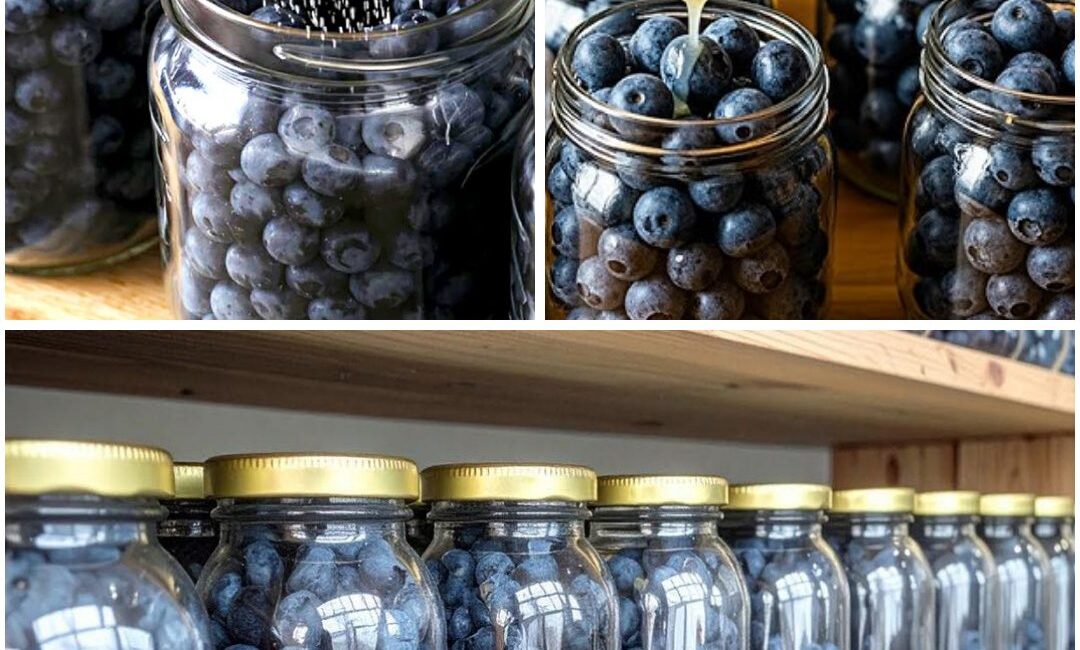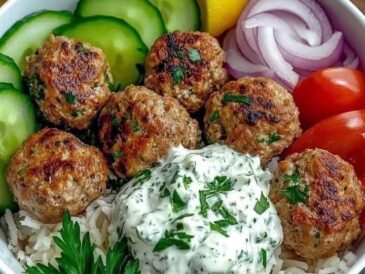Blueberries are celebrated across the globe as one of the most antioxidant-rich fruits available. These tiny, deep-blue pearls pack a mighty punch: anthocyanins, vitamin C, fiber, and phytonutrients that contribute to heart health, cognitive support, and immune system resilience. Many people treasure fresh blueberries during their fleeting season; but what if you could carry that natural, nutrient-dense flavor into months beyond the harvest?
This guide unveils a simple, cost-effective method: preserving fresh blueberries in jars using nothing but water and lemon juice, leveraging gentle pasteurization. No freezer required. No sugar. No additives. Just clean, natural preservation that extends shelf life while maintaining flavor, nutrition, and freshness.
We’ll explore the science, the hands-on steps, useful tips, creative recipes, and more. Whether you’re a seasoned home preserver or just discovering how to store blueberries naturally, this in-depth resource aims to make your experience rewarding, efficient, and healthful.
2. Why Preserve Blueberries in Jars?
2.1 Benefits Over Freezing
Freezing is conventional but not flawless. It occupies valuable freezer space (often at a premium in small kitchens), and frozen blueberries frequently lose some firmness and take on a soggy, washed-out texture when thawed. If you’re seeking a way to preserve fresh taste and structure, jar preservation using pasteurization achieves a firm, intact fruit with bright flavor.
2.2 Retaining Natural Flavor
By submerging blueberries in water and lemon juice, pasteurized gently, their natural sweetness and nuanced fruity profile remain intact. There’s none of that icy, damp aftertaste — you get authentic, summery blueberries year-round.
2.3 Reducing Waste, Saving Money, Boosting Health
Buying local or foraging blueberries often leads to a glut. Without timely preservation, berries spoil quickly. This jar method lets you rescue your harvest, minimize food waste, and save money over time by avoiding repeated purchases. Plus, preserving those antioxidant-rich berries means your winter smoothies, oatmeal, and desserts will be loaded with healthful benefits long after fall.
3. Understanding Antioxidant‑Rich Fruits and Blueberries
3.1 What Makes Blueberries So Nutritious
Blueberries are rich in anthocyanins, the compounds responsible for their blue hue and powerful antioxidant action. They also deliver vitamin C, vitamin K, manganese, fiber, and low calories. Antioxidant-rich fruit consumption is often linked to reduced inflammation, improved vascular function, and cognitive health benefits.
3.2 Health Benefits You Gain by Preserving Properly
Preserved correctly, blueberries retain much of their nutrient profile. The gentle pasteurization in this method doesn’t degrade key vitamins significantly, nor strip fiber. As a result, having preserved blueberry jars on hand empowers you to enjoy their brain-supporting, immune-boosting, heart-healthy effects throughout the year.
4. The Method in Full: Natural Jar Preservation with Water & Lemon Juice
4.1 Choosing the Right Blueberries
- Opt for firm, ripe blueberries: Steer clear of mushy, moldy, or overly soft berries.
- Prioritize flavor: The richer and sweeter the fresh fruit, the more satisfying the preserved result.
- Clean, organic if possible: Minimizes pesticide residue and contributes to natural preservation quality.
4.2 Jar Selection and Sterilization
- Use standard mason jars or canning jars made of heat-safe glass.
- Size choices: pint (16 oz / ~473 ml) or quart (32 oz / ~946 ml) depending on your needs and storage availability.
- Sterilize jars and lids: Boil in water for 10 minutes or run through dishwasher’s sanitizing cycle immediately before use. This step ensures you start with clean, germ-safe jar vessels.
4.3 Preparing the Blueberries (Sorting, Washing, Handling)
- Sort: Remove stems, debris, shriveled or spoiled berries.
- Rinse gently under cool water; avoid soaking them too long to preserve texture.
- Drain well: Use a colander and let berries air-dry briefly.
- Handle gently: Over-maceration can turn blueberries mushy in the jar, so treat with care.
4.4 Creating the Preservation Solution: Clean Water + Lemon Juice
- Use fresh, filtered water.
- Add fresh lemon juice—this creates a slightly acidic solution (~pH 3–4) that helps deter microbial growth, supports pasteurization, and enhances fruit stability.
- Approximate ratio: 1 tablespoon lemon juice per pint jar (2 tablespoons per quart) of water; adjust slightly for taste and acidity.
4.5 Filling Jars: How Much, How Tightly
- Pack the cleaned blueberries into sterilized jars loosely but fully—you want them submerged without crushing.
- Headspace: Leave ~½ inch (1–1.5 cm) at the top to allow for slight expansion during heating.
- Pour the water + lemon juice over the berries until they’re completely covered and the headspace is respected.
4.6 Pasteurization: Gentle Heat Step-by-Step
Click page 2 for more




